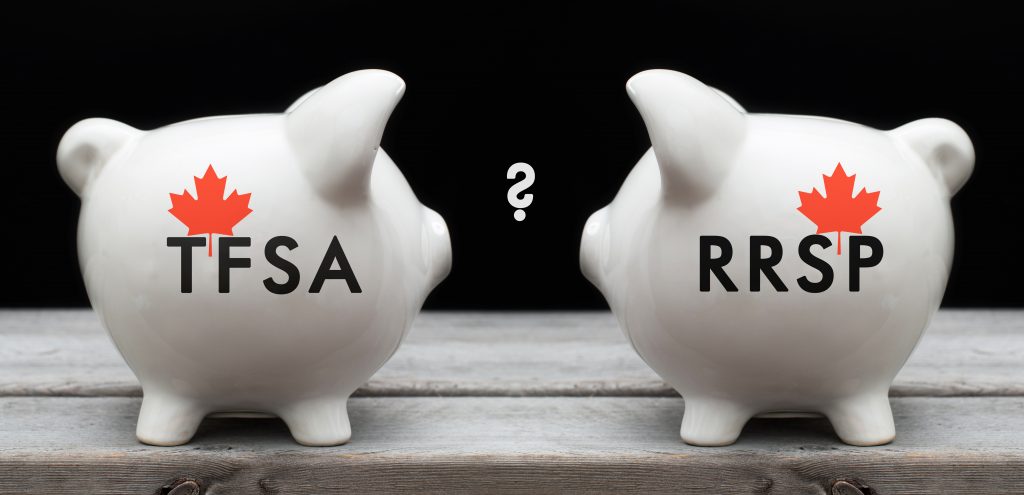How your tax bracket decides whether a TFSA or RRSP contribution is best
And why your tax bracket in retirement is also key
Advertisement
And why your tax bracket in retirement is also key

 I was a bit surprised to learn recently that TFSAs had just ‘turned ten’. It seems like just yesterday that I was answering questions from the media about how these newfangled government-sponsored programs might change the landscape for investing in general and retirement planning in particular. Former Minister of Finance Jim Flaherty sang the praises of the new program a decade ago by stressing the ability to avoid paying tax when using TFSAs. Many pundits weighted in expressing regret that the third word was “savings” and not “investing”. In actuality, the program is used primarily as a tax-free investing account, so perhaps TFIA would have been a better moniker.
Irrespective of what people thought TFSAs might mean when they were first introduced, there is no denying that they have been wildly popular and broadly embraced by Canadians of all walks of life. Now that RRSP season is upon us (the deadline for 2018 is March 1, 2019), many people wonder if they should contribute to their RRSP or their TFSA since most people don’t have enough money to maximize both options. If you can only do one of the other, which makes more sense? Assuming we’re talking about retirement money, the answer depends on two things: your marginal tax rate in 2018 and your marginal tax rates in your retirement years. Let’s begin with the federal tax brackets. They are:
I was a bit surprised to learn recently that TFSAs had just ‘turned ten’. It seems like just yesterday that I was answering questions from the media about how these newfangled government-sponsored programs might change the landscape for investing in general and retirement planning in particular. Former Minister of Finance Jim Flaherty sang the praises of the new program a decade ago by stressing the ability to avoid paying tax when using TFSAs. Many pundits weighted in expressing regret that the third word was “savings” and not “investing”. In actuality, the program is used primarily as a tax-free investing account, so perhaps TFIA would have been a better moniker.
Irrespective of what people thought TFSAs might mean when they were first introduced, there is no denying that they have been wildly popular and broadly embraced by Canadians of all walks of life. Now that RRSP season is upon us (the deadline for 2018 is March 1, 2019), many people wonder if they should contribute to their RRSP or their TFSA since most people don’t have enough money to maximize both options. If you can only do one of the other, which makes more sense? Assuming we’re talking about retirement money, the answer depends on two things: your marginal tax rate in 2018 and your marginal tax rates in your retirement years. Let’s begin with the federal tax brackets. They are:
| Income range | Marginal tax rate |
|---|---|
| On the first $47,630 | 15.0% |
| Over $47,630 up to $95,259 | 20.50% |
| Over $95,259 up to $147,667 | 26.00% |
| Over $147,667 up to $210,371 | 29.0% |
| Over $210,371 | 33.00% |
Share this article Share on Facebook Share on Twitter Share on Linkedin Share on Reddit Share on Email